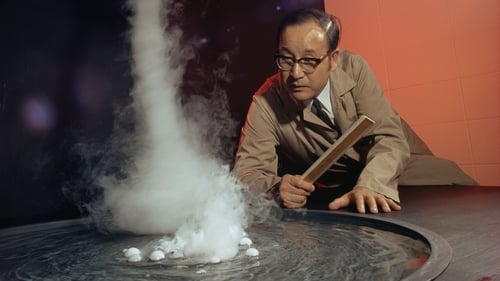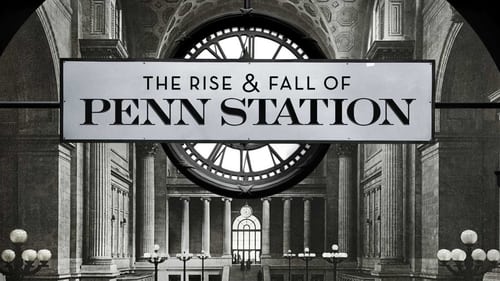
Music
Explore the life and times of author L. Frank Baum, the creator of one of the most beloved, enduring and classic American narratives. By 1900, when The Wonderful Wizard of Oz was published, Baum was 44 years old and had spent much of his life in restless pursuit of success.

Music
Meteorologist Tetsuya Theodore "Ted" Fujita spent ten months studying The Super Outbreak of 1974, which was the most intense torndo outbreak on record. Mr. Tornado is the remarkable story of the man whose groundbreaking work in research and applied science saved thousands of lives and helped Americans prepare for and respond to dangerous weather phenomena.

Original Music Composer
Em agosto de 1969, quase 500.000 pessoas se reuniram em uma fazenda no interior de Nova York para ouvir música. O que aconteceu nos três dias seguintes, no entanto, foi muito mais do que um concerto. Ele se tornaria um evento lendário, que definiria uma geração e marcaria o fim de uma das décadas mais turbulentas da história moderna.

Music
HENRY FORD paints a fascinating portrait of a farm boy who rose from obscurity to become the most influential American innovator of the 20th century.

Original Music Composer
Errol Morris short film on sports fans who take their love with them to the grave and beyond.

Music
The documentary intersperses archival footage with first-person interviews with disability rights activists who fought discrimination such as Fred Fay, I. King Jordan, Judi Chamberlin and Judith Heumann, and with legislators who helped draft and secure the passage of the ADA, including Tony Coelho and Tom Harkin. From the beginnings of the disability rights movement, when veterans with disabilities returning home from World War II began to demand an end to discrimination and for better access to employment and other social opportunities, Lives Worth Living traces the history of the movement in the United States in roughly chronological order. The film documents how, in the late 1960s and early 1970s, activists with disabilities began to adopt the some of the tactics and strategies used by civil rights activists a decade earlier, including marches, protests, and civil disobedience.

Music
Throughout the 17th century, the Dutch and English fought desperate wars over which country would dominate world trade for the next two centuries. They waged massive sea battles in Europe and embarked on violent raids in Asia, Africa and North America.

Music
The film interweaves the personal accounts of polio survivors with the story of an ardent crusader who tirelessly fought on their behalf while scientists raced to eradicate this dreaded disease. Based in part on the Pulitzer Prize-winning book Polio: An American Story by David Oshinsky, Features interviews with historians, scientists, polio survivors, and the only surviving scientist from the core research team that developed the Salk vaccine, Julius Youngner.

Orchestrator
In 1910, the Pennsylvania Railroad successfully accomplished the enormous engineering feat of building tunnels under New York City's Hudson and East Rivers, connecting the railroad to New York and New England, knitting together the entire eastern half of the United States. The tunnels terminated in what was one of the greatest architectural achievements of its time, Pennsylvania Station. Penn Station covered nearly eight acres, extended two city blocks, and housed one of the largest public spaces in the world. But just 53 years after the station’s opening, the monumental building that was supposed to last forever, to herald and represent the American Empire, was slated to be destroyed.

Music
In 1910, the Pennsylvania Railroad successfully accomplished the enormous engineering feat of building tunnels under New York City's Hudson and East Rivers, connecting the railroad to New York and New England, knitting together the entire eastern half of the United States. The tunnels terminated in what was one of the greatest architectural achievements of its time, Pennsylvania Station. Penn Station covered nearly eight acres, extended two city blocks, and housed one of the largest public spaces in the world. But just 53 years after the station’s opening, the monumental building that was supposed to last forever, to herald and represent the American Empire, was slated to be destroyed.









